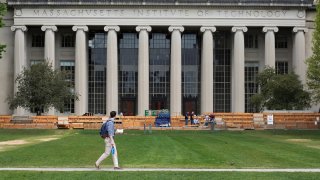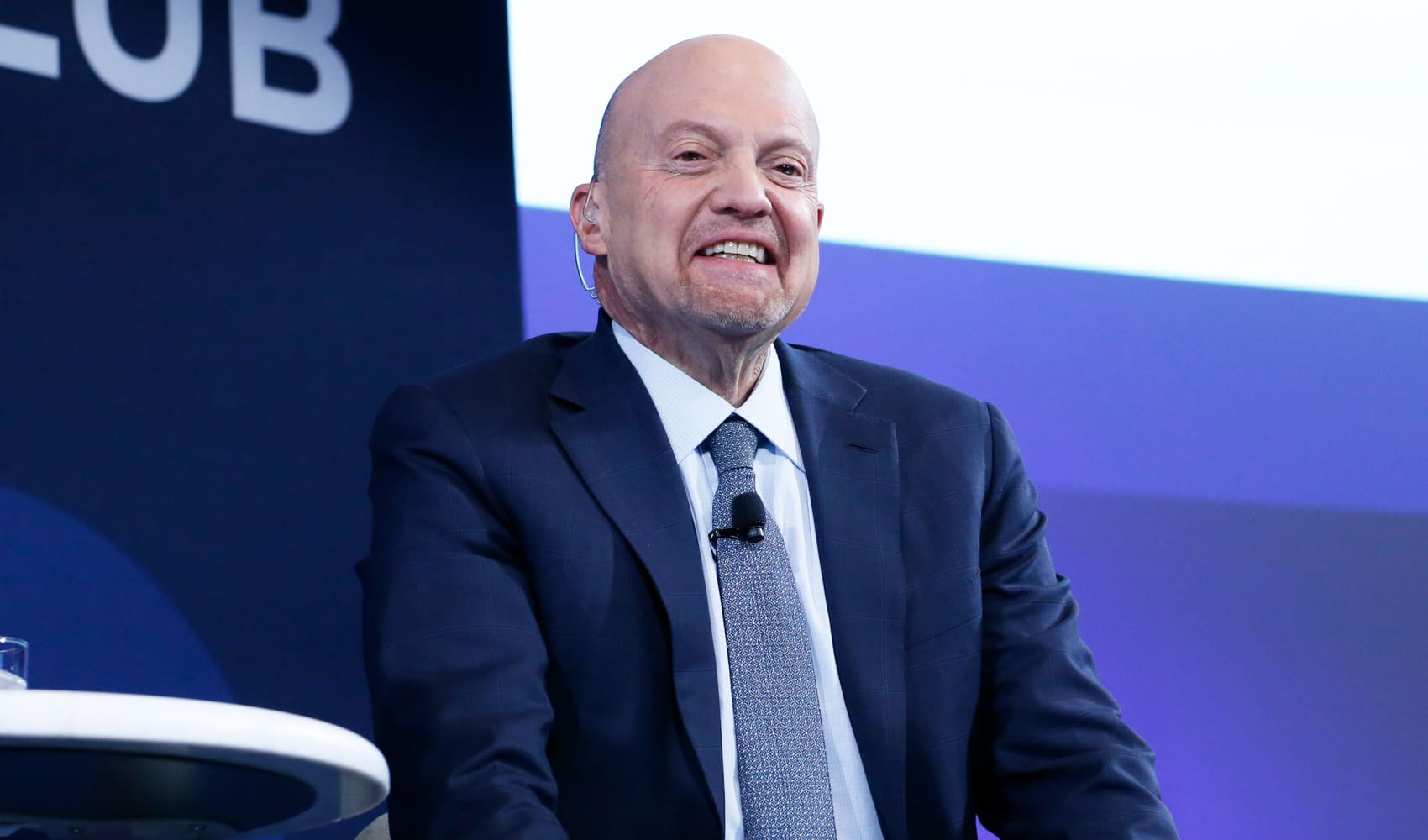
- As college affordability becomes increasingly problematic, more students and families are wary of expensive private schools.
- But the sticker price doesn't tell the whole story.
Picking the right college has increasingly become a question of cost.
But not everyone is choosing the most economical option.
We're making it easier for you to find stories that matter with our new newsletter — The 4Front. Sign up here and get news that is important for you to your inbox.
Since the start of the Covid pandemic, college enrollment has continued to sink. For the most part, community colleges are the hardest hit, followed by public four-year colleges, according to a report by the National Student Clearinghouse Research Center based on fall 2021 data.
Meanwhile, the country's most elite private colleges are faring better, despite the incredibly high price tags.
More from Personal Finance:
Is college really worth it?
College enrollment continues to slide
What to be wary of before taking on private student loans
Money Report
Tuition and fees plus room and board for a four-year private college averaged $55,800 in the 2021-22 school year; at four-year, in-state public colleges, it was $27,330, according to the College Board.
When factoring in other expenses, the total tab can be more than $70,000 a year for undergraduates at some private colleges.
At Massachusetts Institute of Technology, for example — one of the nation’s most expensive schools — tuition and fees, room and board and other student expenses came to more than $73,160 last year. The school was among several institutions that froze tuition during the height of Covid. A smaller number announced tuition discounts or even more dramatic tuition cuts.
Meanwhile, at the State University of New York, in-state students pay just $7,000 for tuition, or roughly $23,350 a year including room and board and other fees.
"This is not the same as $75,000," said Nancy Zimpher, a senior fellow at the National Association of System Heads and the former chancellor of the State University of New York. "Our costs are high, not exorbitant."
New York's Excelsior Scholarship also covers four years of tuition for families that meet certain income thresholds. "When you talk about the cost of college and lump everything in there, it's not a level playing field," Zimpher said.
In fact, public colleges "educate the majority of the underserved student population," Zimpher said. And as enrollment falls, the majority of the students opting out of college are from these low- and middle-income families.

Most are wary of the costs and hefty student debt, which has only increased during the pandemic, according to a separate report by Fidelity Investments.
Outstanding student loans now stand above a stunning $1.7 trillion.

But there is another way.
The U.S. Department of Education awards about $120 billion every year to help students pay for higher education. And beyond federal aid, students could also be eligible for financial assistance from their state or college.
Yet fewer students are filling out the Free Application for Federal Student Aid, or FAFSA, which serves as the gateway to all federal money, including loans, work-study and grants. Most say it's because they didn't think they would qualify, studies show.
In total, the high school Class of 2021 left an estimated $3.75 billion in Pell Grants on the table by not completing the FAFSA, according to a recent report from the National College Attainment Network.
"Never cross an expensive school off of your list of consideration based on sticker price alone," said Robert Franek, The Princeton Review's editor-in-chief. "Many of those schools are giving out substantial scholarships — this is free money."
At some private colleges the average scholarship award is just over $50,000, The Princeton Review found, which brings the total out-of-pocket cost down to less than $20,000.
When it comes to offering aid, private schools typically have more money to spend, Franek added.
"The truth is, it could end up being less expensive than public college."






